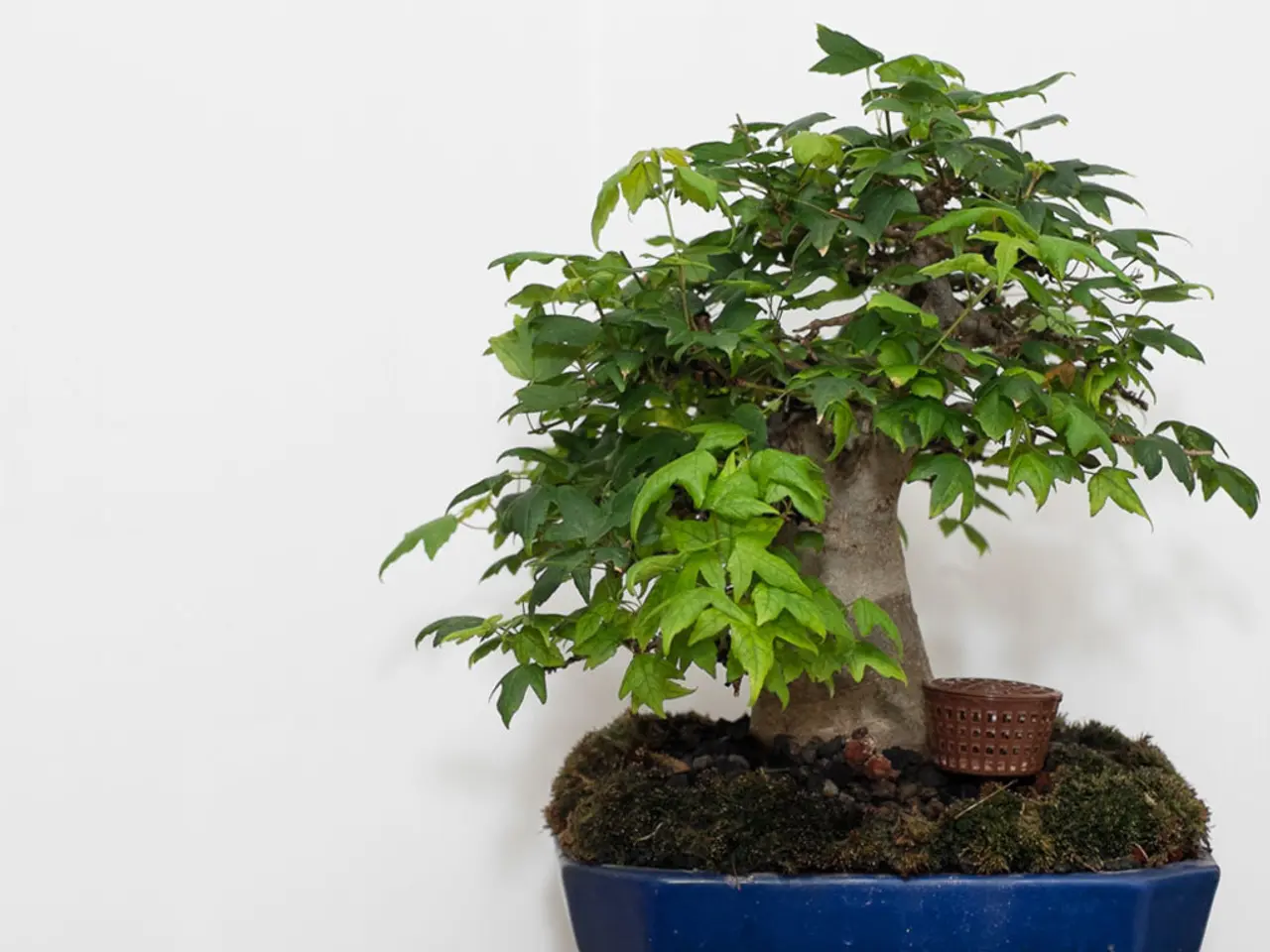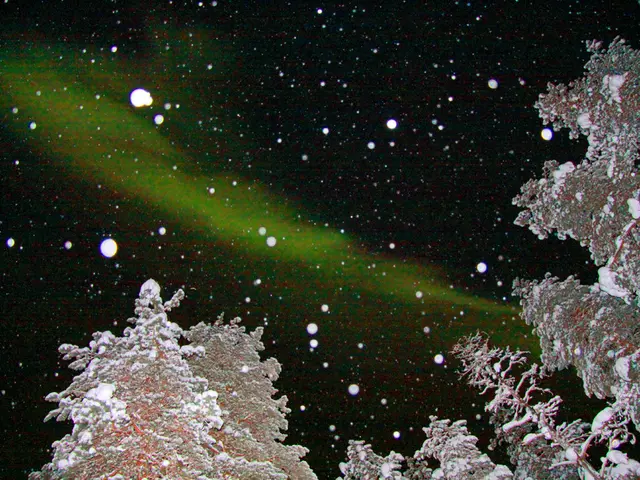Bonsai Trees and Climate: Picking Species Based on Required Temperatures
Bonsai trees, with their miniature beauty, can thrive in various climates, offering a unique connection with nature. However, understanding the temperature flexibility and adaptability of these miniature masterpieces is crucial for providing ideal growing conditions.
Firstly, a bonsai tree's temperature flexibility range determines its capacity to thrive in varying temperatures. For instance, winter-hardy species like certain junipers, maples, and pines tolerate temperate zones, while exotic species like Albizia julibrissin (silk tree) and Olea europaea (olive tree) can survive with protection as they are only partially winter-hardy. Evergreen shrubs like Elaeagnus ebbingei (oleaster) are also adaptable for bonsai in cooler climates, provided care such as frost protection and appropriate watering is given.
In warmer climates, bonsai enthusiasts can choose from a diverse range of species that thrive in warm temperatures. Examples include majestic Ficus, majestic Olive, and elegant Juniper. However, it's vital to select trees that align with your local temperature and humidity conditions to guarantee ideal growth and survival.
Tending to outdoor Bonsai can lead to a deeper connection with nature, cultivating a sense of calm and serenity. As the seasons unfold, outdoor Bonsai trees respond to the changing climate, displaying a majestic display of color and texture. The intricate dance of light and shadow can be marveled at as the sun's rays filter through the leaves of outdoor Bonsai trees.
In warm climates, it's essential to maintain ideal humidity. Mist your bonsai 2-3 times daily, or as needed, depending on factors such as indoor climate, tree species, and potting mix moisture levels. Air conditioning can impact indoor bonsai trees, potentially causing stress from sudden temperature fluctuations and dry air. Monitor humidity levels and maintain a consistent temperature range to guarantee your tree's peak health and stability.
In cooler climates, species like Japanese Maple (Acer palmatum), Satsuki Azalea (Rhododendron satsuki), Chinese Elm (Ulmus parvifolia), White Pine (Pinus strobus), and Korean Hornbeam (Carpinus coreana) are examples of bonsai species that can thrive. Zelkova serrata, Cercidiphyllum japonicum, and Fagus sylvatica are examples of species that thrive in intermediate climates.
Acclimation strategies enable bonsai trees to adapt and strengthen their defenses, allowing them to thrive in diverse climates. It's possible to grow a bonsai species from a different climate zone, but it's vital to replicate the species' native temperature conditions as closely as possible to guarantee peak health and success.
In conclusion, caring for bonsai trees in different climates requires understanding their adaptability and matching them to your local conditions. By providing the necessary care, nurturing your trees through every stage of their growth, and understanding the seasonal rhythms, you can enjoy the beauty and tranquility that bonsai trees bring to your home or garden.




